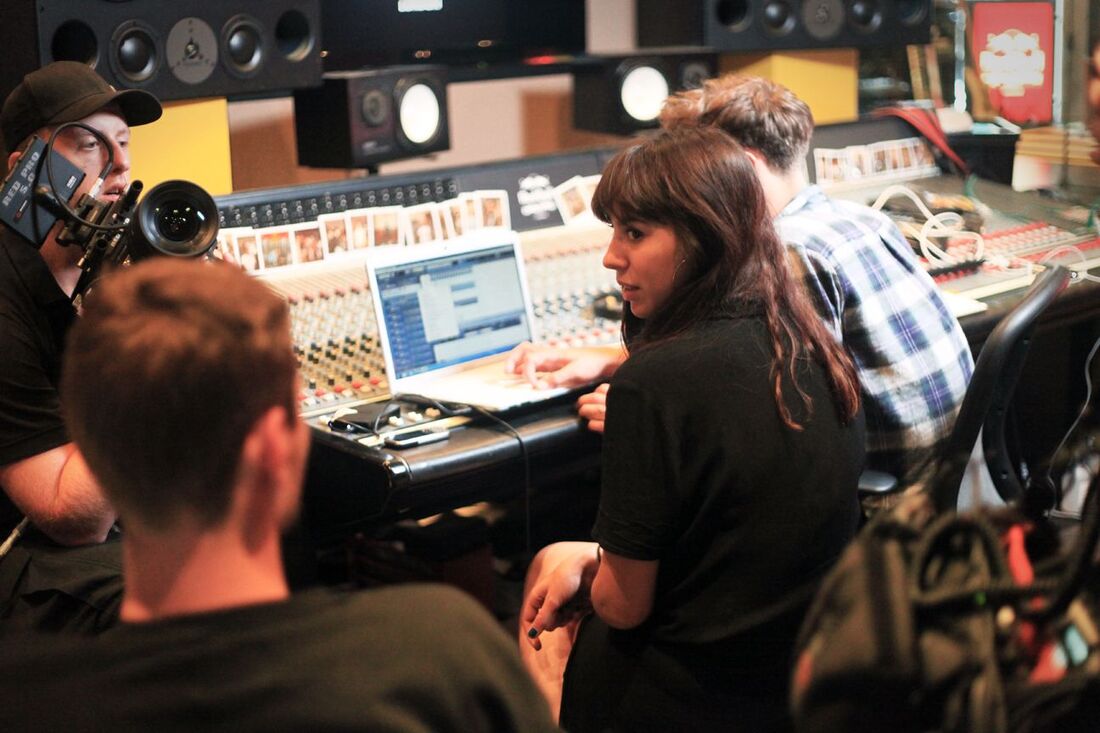
🎯 How to Build a Micro-Catalog That Attracts Music Supervisors
Share
You don’t need hundreds of tracks to break into sync licensing. In fact, having a small, strategic catalog—a micro-catalog—can be more effective than flooding libraries with generic music.
Today’s music supervisors don’t have time to sift through bloated playlists. They want high-quality, easy-to-license tracks that solve specific creative problems. If your catalog feels tight, intentional, and sync-ready, you’ll earn more trust—and more placements.
In this post, you’ll learn how to build a focused micro-catalog that gets attention and unlocks sync opportunities across TV, ads, games, and film.
🧠 What Is a Micro-Catalog?
A micro-catalog is a curated body of work—usually 10 to 50 tracks—designed specifically for sync. Each track is:
- Fully cleared for licensing (no sample issues)
- Professionally mixed and mastered
- Tagged with proper metadata
- Emotionally distinct and structured for media use
Unlike sprawling catalogs, a micro-catalog trades quantity for clarity—giving supervisors exactly what they need, fast.
💡 Think of it like a capsule wardrobe for music supervisors.
🎯 Why a Micro-Catalog Works in 2025
- Time is scarce: Supervisors want fast, relevant options—not a Dropbox with 73 random tracks.
- Better presentation: A lean catalog is easier to showcase via pitch decks, websites, and Disco links.
- Tighter themes: You can group music into focused “mood clusters” that make searching easier.
- Fewer rights issues: It’s easier to clear rights and organize stems when the catalog is smaller and well-maintained.
📦 Step 1: Choose a Sync-First Focus
Don’t try to make “everything for everyone.” Instead, focus your micro-catalog around a few proven sync lanes. Some ideas:
- Reality TV & Lifestyle: Quirky, upbeat, tension, or underscore cues
- Indie Film: Emotional, moody, intimate acoustic or ambient cues
- Trailers: Cinematic builds, risers, hybrid orchestral
- Advertising: Bright, modern pop, percussion-forward, simple hooks
- Video Games: Loops, tension builders, combat or ambient themes
🎧 Ask: What is my strength, and where is the sync demand?
🛠️ Step 2: Build for Utility, Not Vanity
Every track in your micro-catalog should:
- Have a clear emotional tone (e.g. nostalgic, heroic, anxious)
- Include edit points and a strong arc (intro, build, climax, resolution)
- Be free of uncleared samples, ambiguous co-writer splits, or rights issues
- Include alt versions: instrumental, 30s, 60s, stems
🚫 Don’t include half-finished demos or overly personal/experimental material unless you’re scoring for art films.
🗂️ Step 3: Organize with Themes and Tags
Organize your catalog into sync-friendly categories, such as:
- “Inspiring Indie Pop – Ads & Brand Stories”
- “Dark Underscore – Crime & Docs”
- “Cinematic Builds – Trailers & Sports Promos”
Use platforms like DISCO, Synchtank, or your own site to build searchable pages or playlists.
Make sure each track includes:
- Mood
- BPM
- Key
- Instruments
- Licensing info (one-stop? PRO-registered?)
- Contact info in metadata
🧰 Step 4: Create a Presentation Layer
Your catalog is only as strong as how it’s presented.
Build:
- A short pitch deck or landing page
- A clickable, themed playlist for each style
- One-sheet PDFs with links to tracks and alt mixes
- Optional: a branded folder or collection link (DISCO is ideal)
Make your catalog easy to browse, hear, and license.
💡 Your goal: One link, 3–5 clicks max to find the perfect cue.
📬 Step 5: Start Small, Pitch Strategically
You don’t need to blast your catalog to everyone. Instead:
- Research 10–15 sync agencies, music supervisors, or indie filmmakers
- Personalize your outreach (“I’ve built a catalog focused on docuseries and thought it might be a match for your work on XYZ”)
- Offer 2–3 key tracks that demonstrate fit
- Provide a clean, navigable link with alt versions
🎤 You don’t pitch your catalog—you pitch the solution your catalog offers.
🚀 Final Thoughts
A micro-catalog gives you clarity, confidence, and control. It’s a way to stand out by making the supervisor’s job easier—not by offering the most music, but by offering the right music.
When done well, a micro-catalog becomes your personal sync brand.
It says: “I know what works. I’ve done the prep. You can trust me.”
Need help building or refining your sync catalog?
We offer audits, metadata support, and micro-catalog packaging.
👉 Work with us at Playbutton Media
